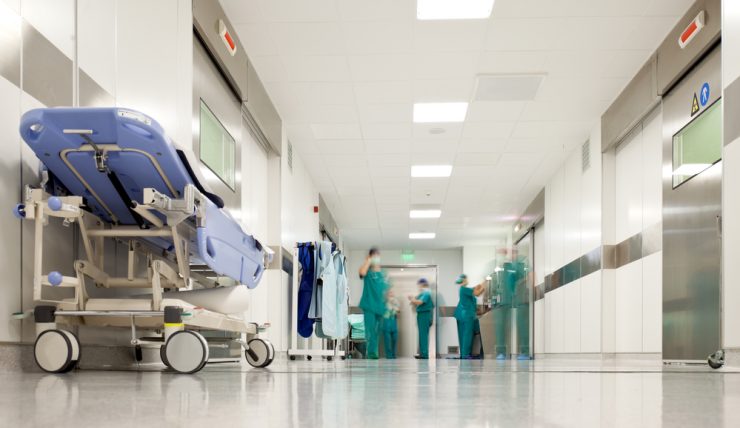Eczema is a chronic skin problem, and the varicose eczema is one kind of eczema which affects the skin on the legs. This normally happens on the skin that is near or around the varicose veins of the legs. The reason this happens is due to the improper functioning of the valves inside these varicose veins, which lead to the blood flowing in wrong directions.
In eczema, the skin affected becomes entirely dry and starts itching. However, this is a very minor occurrence, and does not have an major harmful effects. This condition is seen mostly in middle-aged persons or elderly persons. If the person has varicose veins in the legs, and is overweight, then the risks of contracting this condition are higher.
Symptoms of varicose eczema
The initial symptom that one has varicose eczema is a slight itchy sensation on the skin that covers the varicose veins. The skin turns brown in colour, and has speckles, gets scaly and inflamed.
Vein disorders inside the leg can lead to severe skin diseases, especially close to the ankle, the foot and sometimes even at the mid-calf. The skin in these areas becomes hard and brownish. In some cases, a reddish inflammation forms, and this makes the area very painful. This condition is referred to by doctors by the name lipodermatosclerosis.
Causes of varicose eczema
The main reason for the formation of this condition is due to the circulation of blood in the legs not being proper. The causes for it developing once the varicose veins are formed are the valves situated in the veins of the leg tend to get weak and don’t function effectively. This causes the surface veins blood flow to move backwards. Due to the backward flow, the surface veins get larger. This leads to greater pressure inside the veins causing swelling up of the skin in the area.
Causes of lipodermatosclerosis
This is mainly due to varicose veins or also the deep veins of the legs being infected by blood clots. The surface valves grow weak and don’t function effectively, causing blood to flow backwards. This causes high pressure in the veins, damaging the tiny vessels of the skin, leading to a sore area. Eventually the red blood cells start leaking out from the vessels, making the skin brownish and hard.
Diagnosing varicose eczema
The general practitioner can diagnose this condition by just looking at the affected area. In case it is not very clear, then a dermatology specialist is consulted to conduct different tests.
Treating varicose eczema
The treatment for this condition starts off with steroid creams or emollients used on the affected area, and to set right the blood circulation. Other types of treatments used to cure this condition are compression hosiery – wearing compressor support on the legs, treating the varicose veins – use of compressors and taking care of the skin, treating the lipodermatosclerosis – steroids and compressors again, vein analysis – to find out what the problem is with the veins, herbal procedures – oil supplements, homeopathy etc and regular exercise – flexing the feet, bending exercises etc.













